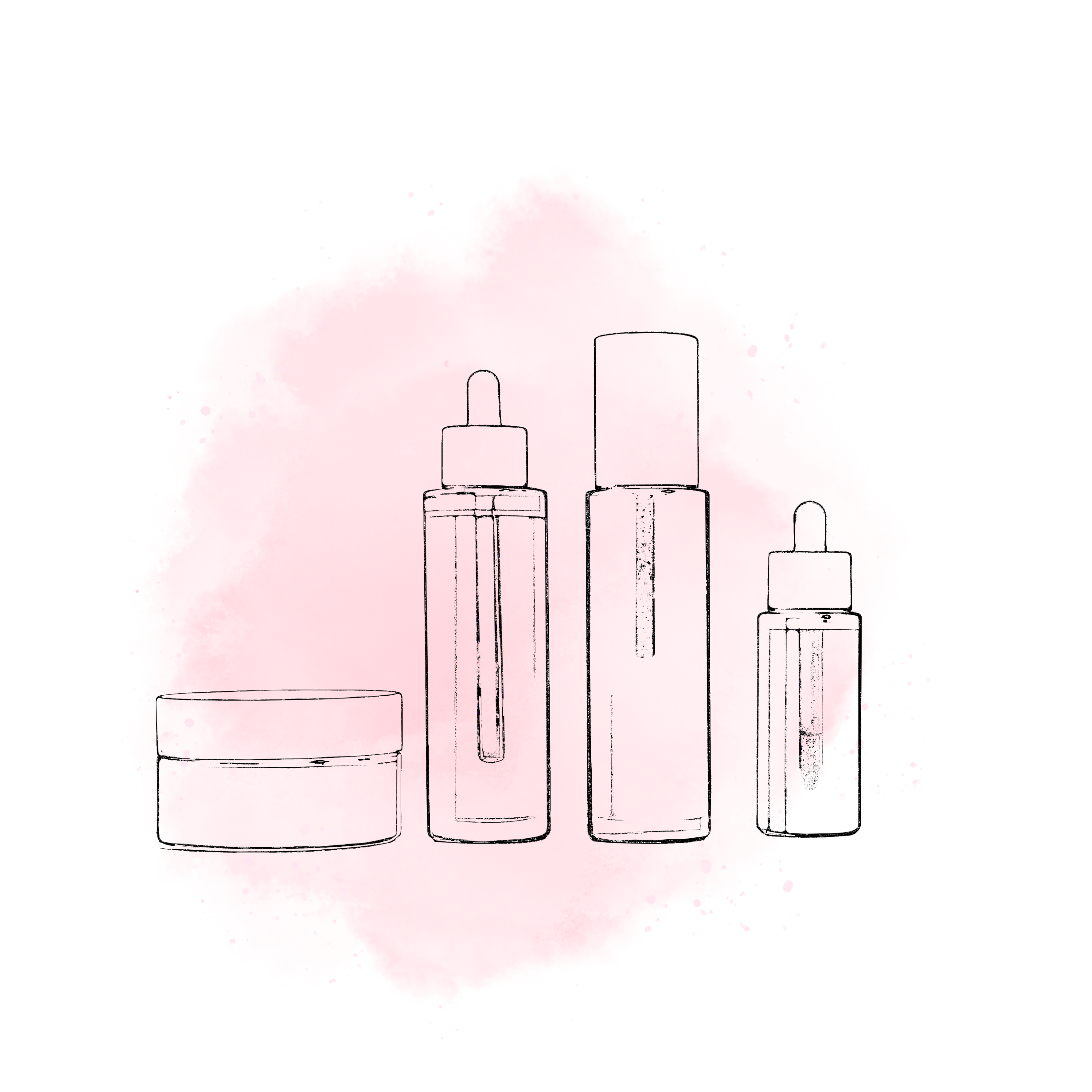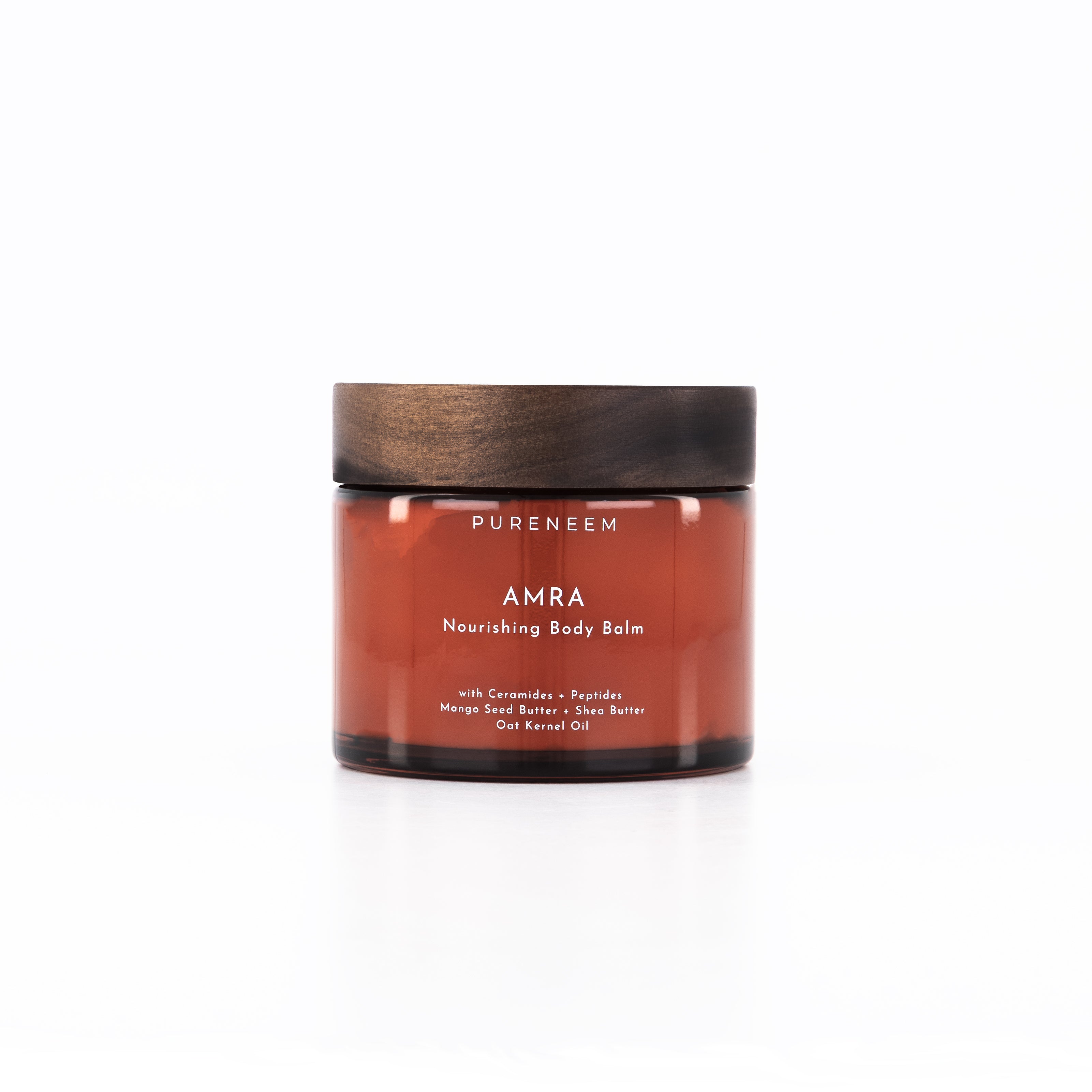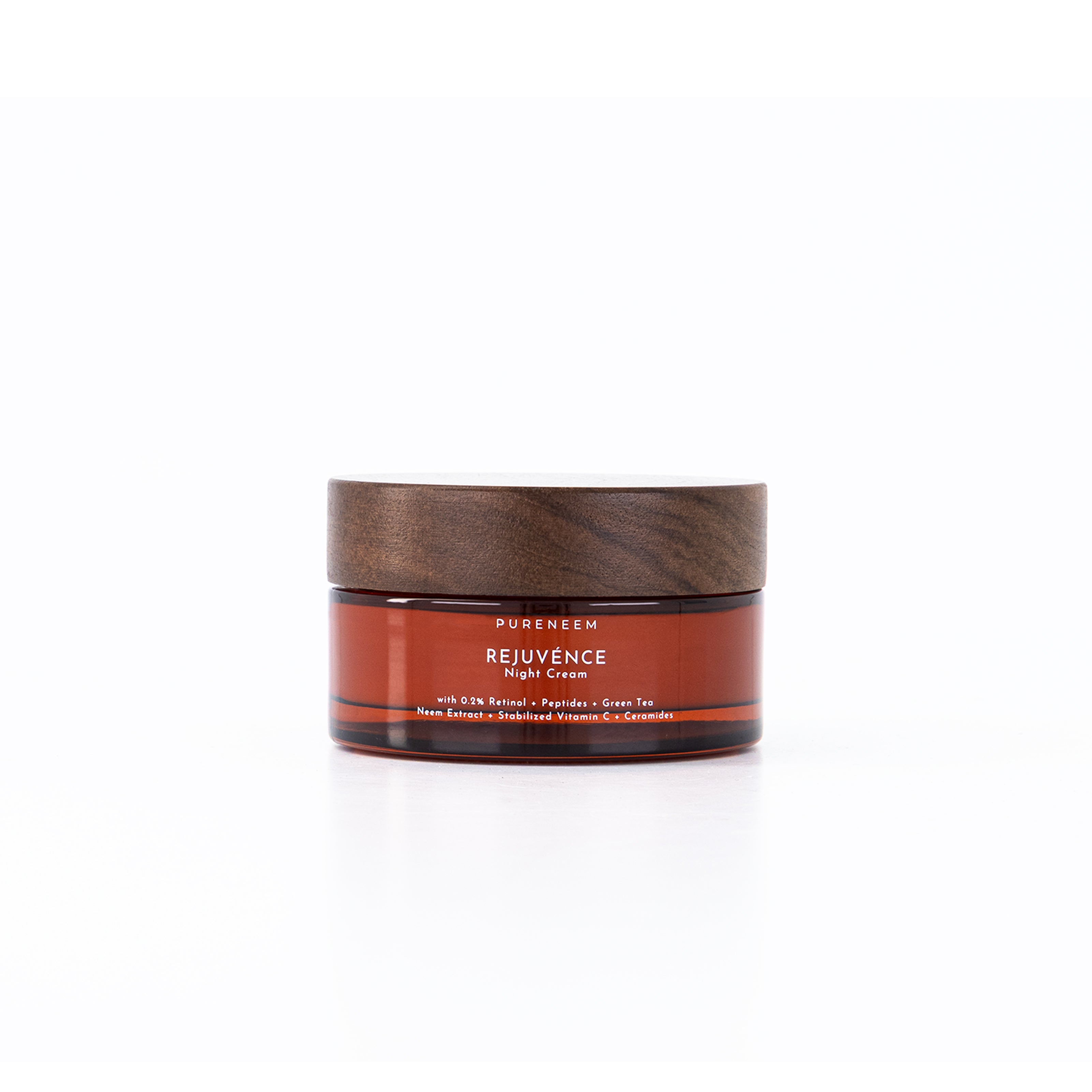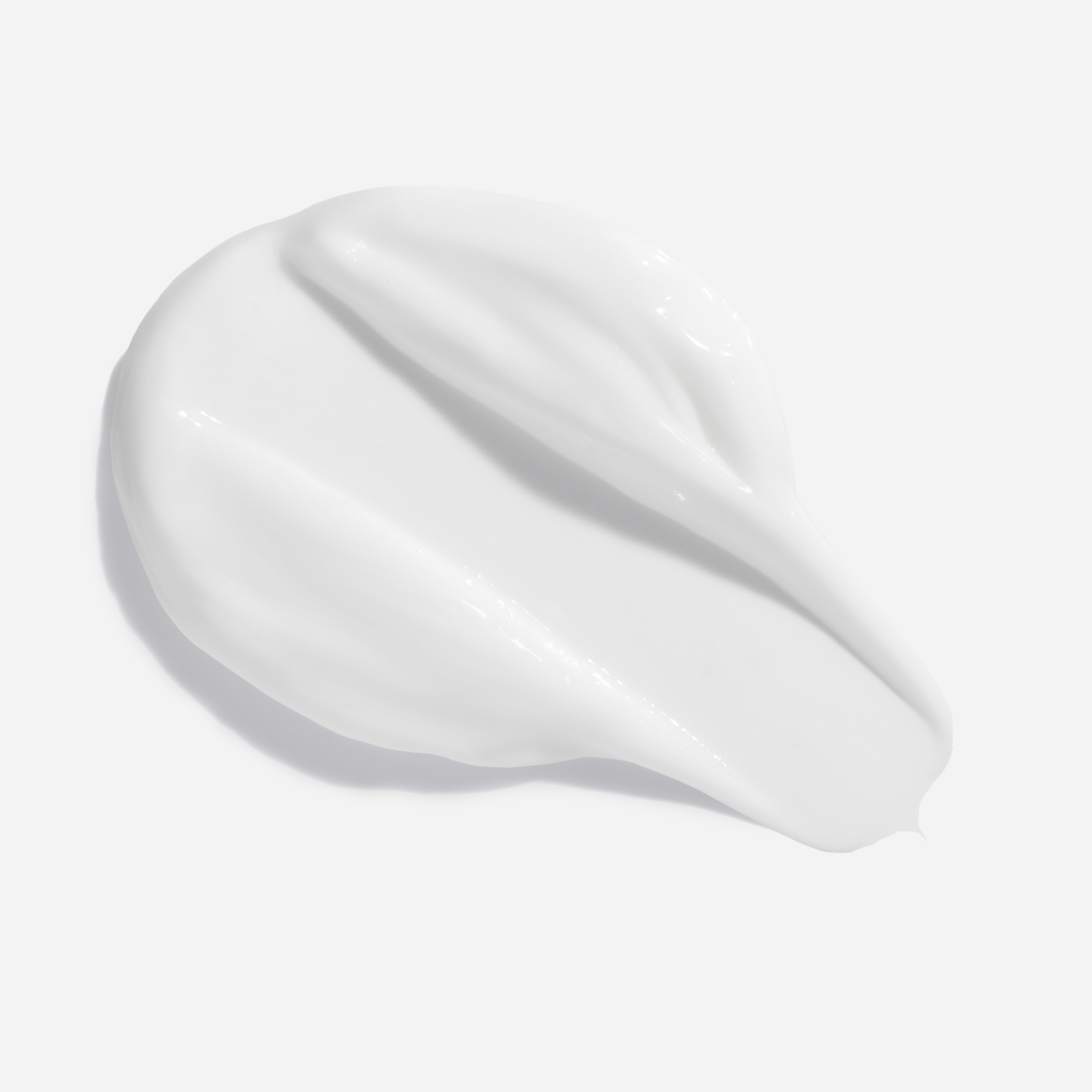Date: 05/07/2025
Ceramides: The Skin Barrier's Best Friend
In the realm of intelligent skincare, ceramides have become synonymous with skin strength, resilience, and long-term health. As essential lipids naturally present in the outermost layer of the skin, ceramides are foundational to maintaining a strong barrier—locking in moisture, protecting against environmental stressors, and ensuring skin stays smooth and supple.
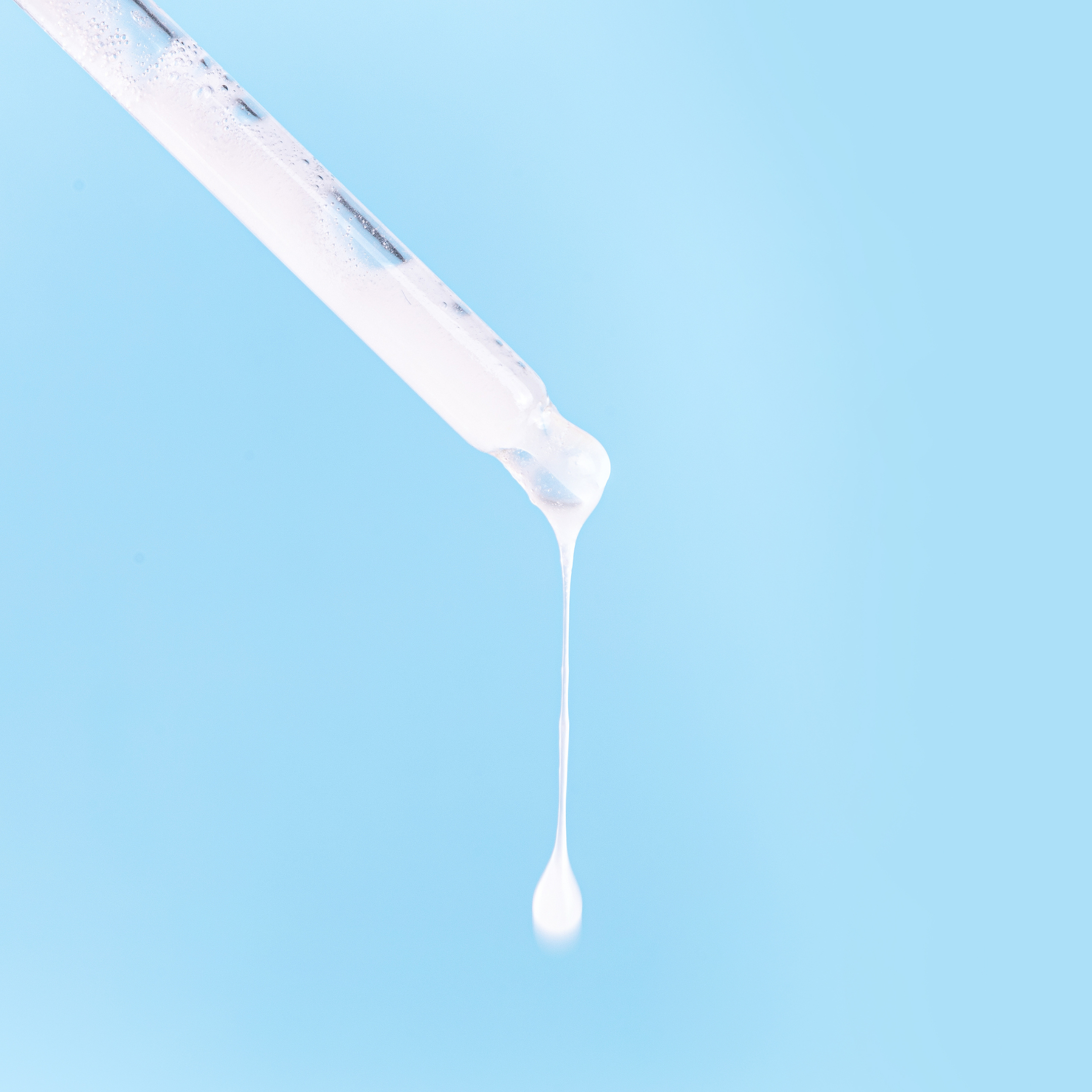
What Are Ceramides?
Ceramides are waxy lipid molecules that make up over 50% of the skin’s stratum corneum (the outermost layer). They act as the "mortar" between the "bricks" of skin cells, holding everything together and preventing transepidermal water loss (TEWL). Without a sufficient concentration of ceramides, the skin becomes dry, irritated, sensitive, and prone to inflammation (Huang et al., 2009).
There are multiple types of ceramides (at least nine identified in human skin), and each plays a unique role in maintaining barrier function. Topical application of ceramides has been shown to replenish these lipids, strengthen the skin’s defenses, and improve hydration (Choi et al., 2005).
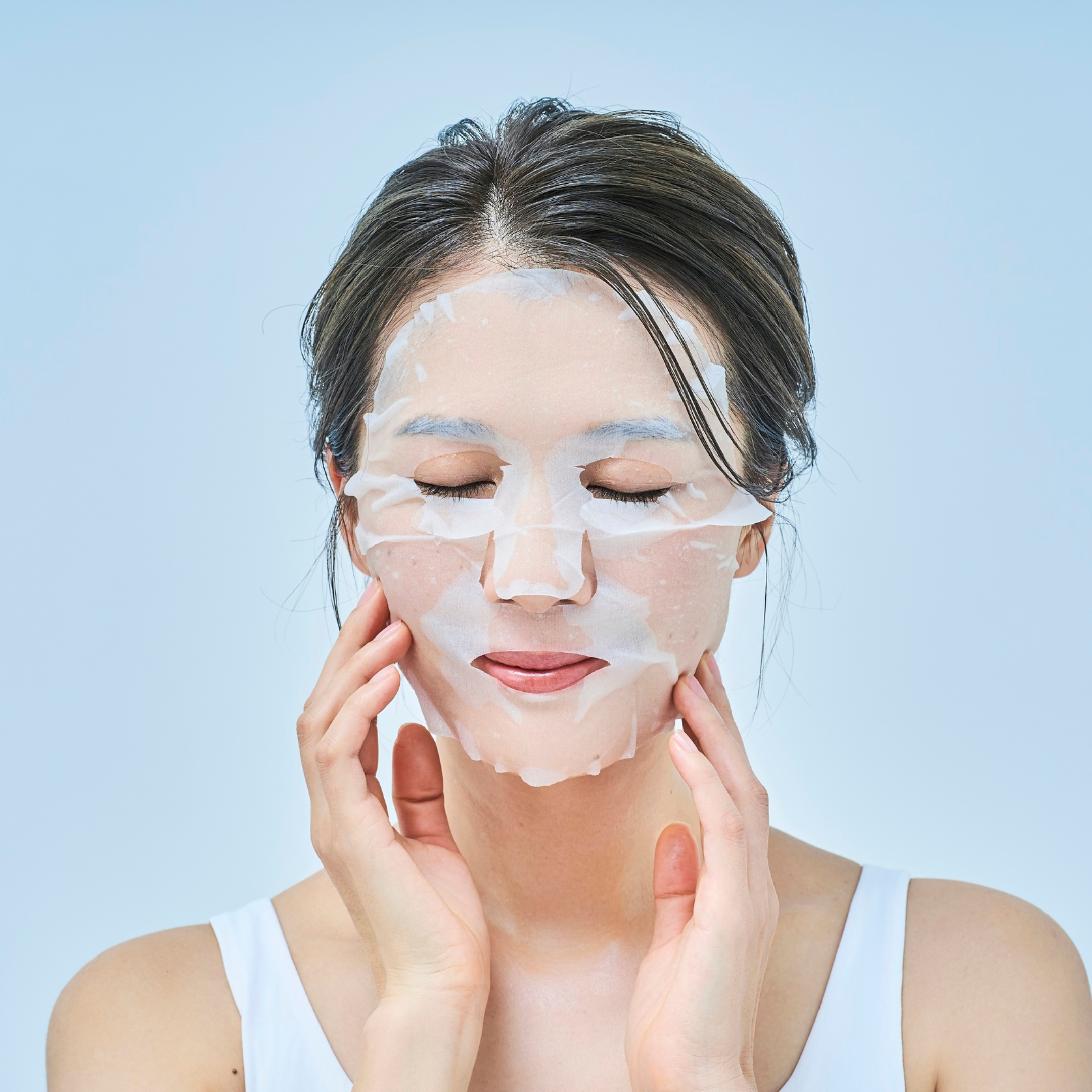
Clinically Proven Skin Benefits
Extensive research confirms that ceramides restore compromised skin barriers, particularly in conditions such as eczema, psoriasis, and atopic dermatitis. Clinical studies show significant improvement in skin hydration and reduced irritation when ceramides are included in skincare formulations (Chamlin et al., 2002).
Ceramides also work synergistically with cholesterol and fatty acids, creating an optimal lipid ratio that mimics the skin’s natural barrier composition. This precise balance is critical to improving elasticity, reducing sensitivity, and reinforcing the skin’s natural ability to protect itself (Lodén & Olsson, 1992).
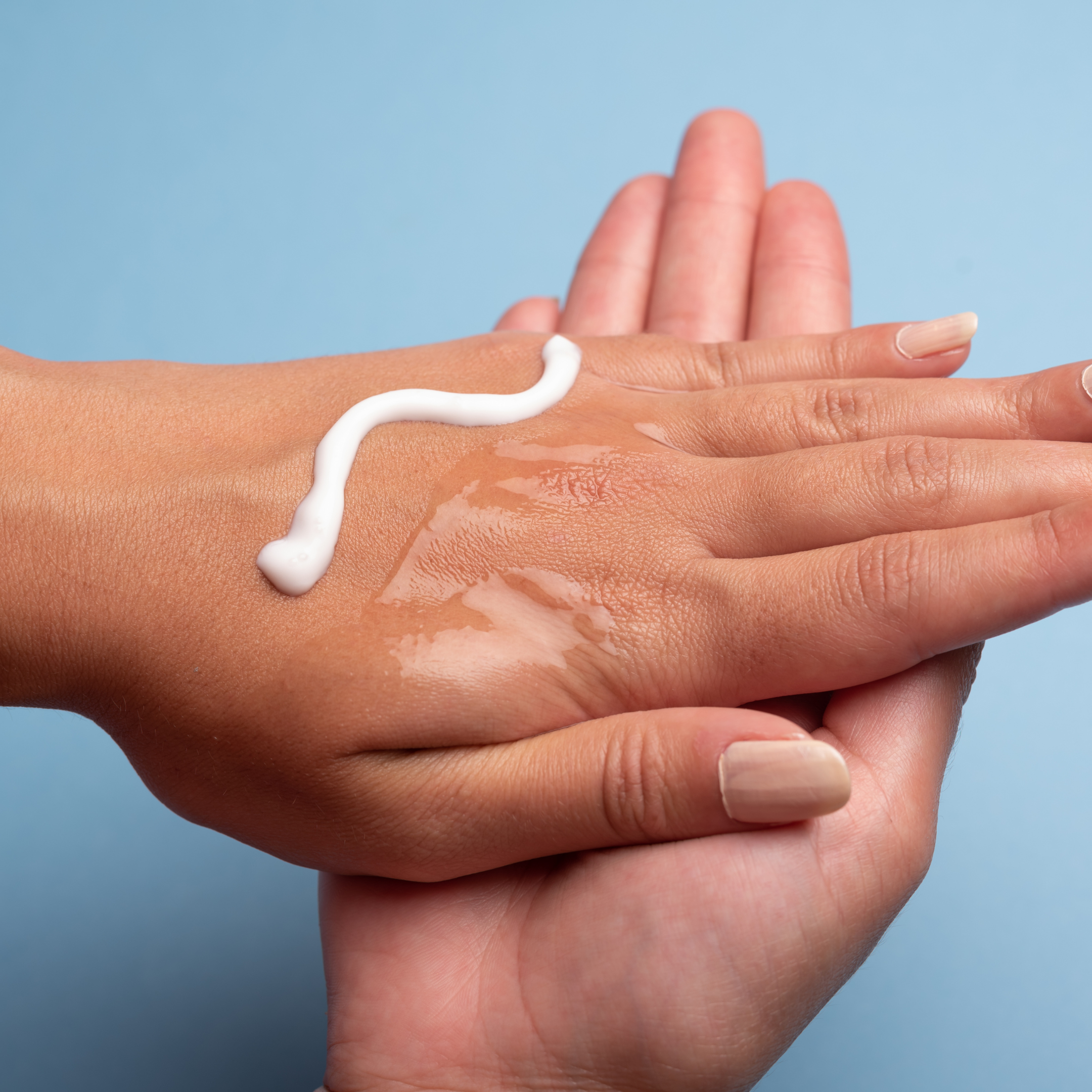
Tolerance and Formulation Flexibility
Ceramides are non-comedogenic, hypoallergenic, and suitable for all skin types, including the most sensitive. Their ability to integrate seamlessly into advanced skincare formulations has made them a staple in barrier-repair creams, serums, and moisturisers. When combined with humectants like hyaluronic acid and panthenol, ceramides help create deeply hydrating and reparative products (Rawlings & Harding, 2004).
Ceramides in PureNeem Formulations
At PureNeem, we consider ceramides an essential pillar of our barrier-strengthening philosophy. You’ll find ceramides in our Rejuvence Night Cream and Amra Nourishing Body Balm, where they work in harmony with Ayurvedic botanicals, niacinamide, and pro-vitamin B5 to restore skin health from within.
These formulations are designed to support the skin’s architecture at the cellular level, offering long-term hydration, reduced irritation, and visible resilience. For PureNeem, ceramides are not just supportive—they're essential.
Ceramide Powered Favorites
References
- Chamlin, S. L., Kao, J., Frieden, I. J., Sheu, M. Y., Fowler, A. J., Fluhr, J. W., ... & Elias, P. M. (2002). Ceramide-dominant barrier repair lipids alleviate childhood atopic dermatitis: changes in barrier function provide a sensitive indicator of therapeutic efficacy. Journal of the American Academy of Dermatology, 47(2), 198–208.
- Choi, M. J., & Maibach, H. I. (2005). Role of ceramides in barrier function of healthy and diseased skin. American Journal of Clinical Dermatology, 6(4), 215–223.
- Huang, H. C., Chang, T. M., Chang, Y. C., & Wu, C. Y. (2009). Ceramide and skin barrier function. Dermatologica Sinica, 27(3), 127–135.
- Lodén, M., & Olsson, H. (1992). Treatment with an emollient containing 5% urea, can significantly improve barrier function in atopic dry skin. British Journal of Dermatology, 126(5), 567–572.
- Rawlings, A. V., & Harding, C. R. (2004). Moisturization and skin barrier function. Dermatologic Therapy, 17(s1), 43–48.

